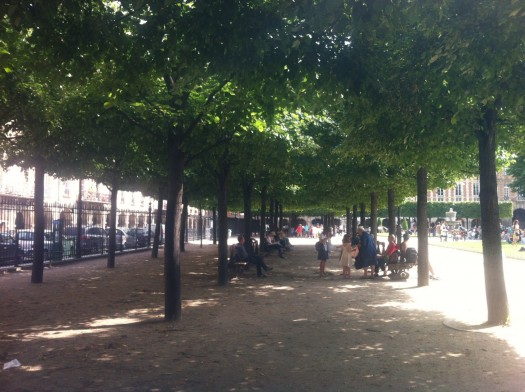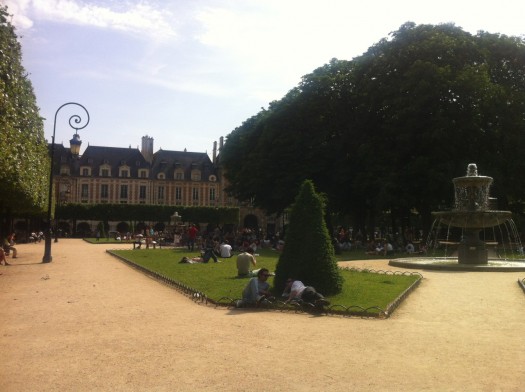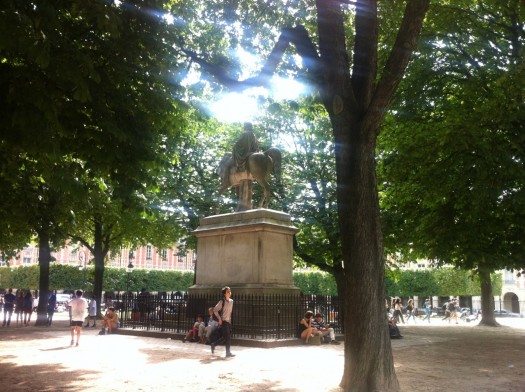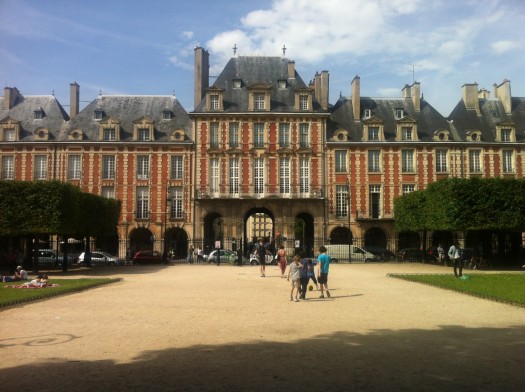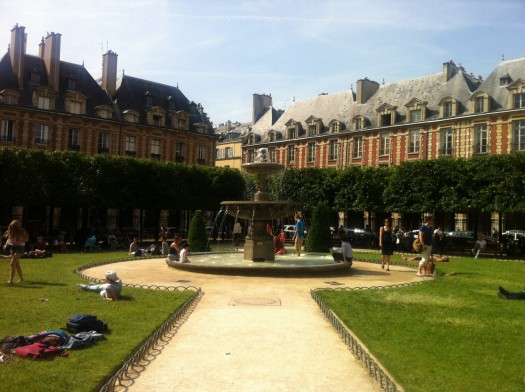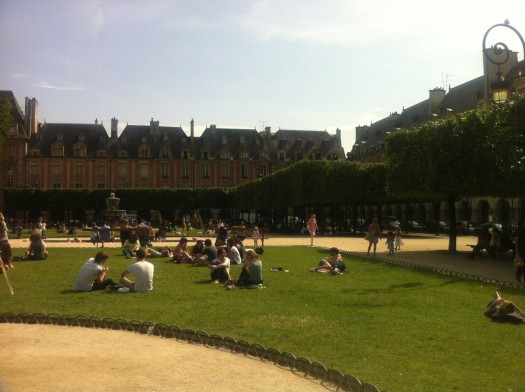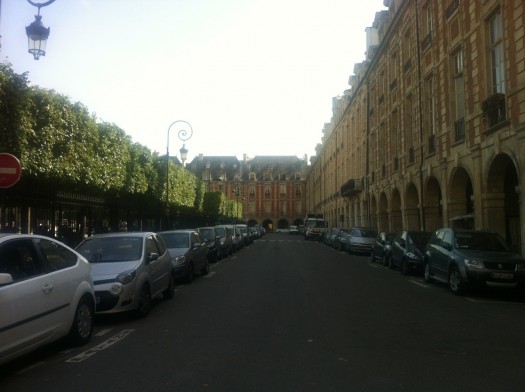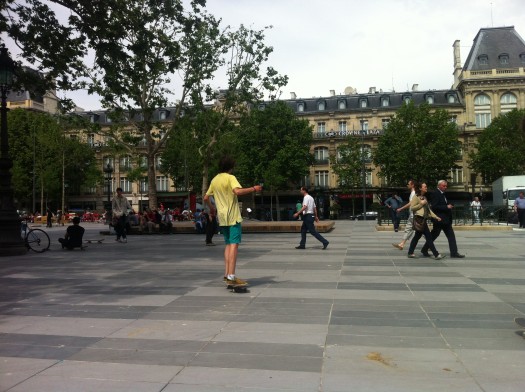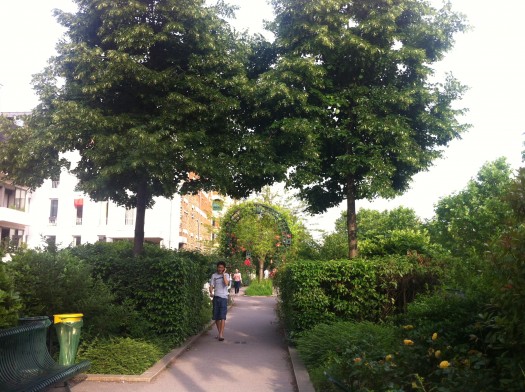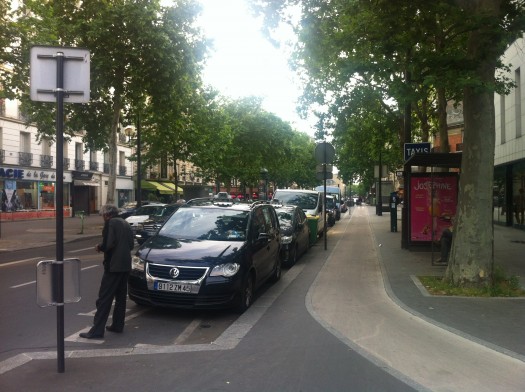A Placemaking Journal
Paris: What People Want
As an urbanist, writing about Paris is both delectable and daunting. Tempering that is the fact that we visited in June, when the strain to both infrastructure and pricing makes my memories of past trips look more lovable. Still, the timelessness of the City, as shown so compellingly in this 1914 to 2013 series of comparisons, is still delightful and satisfying.
You say the word “Paris” and anyone who’s ever been there immediately has some good memory to share. The grandeur of its urbanism and romance of its streets is without peer. However, the city seems to be bulging at the seams.
Last month’s Financial Times points out that only the wealthiest 1% of the population can afford to live, work, or even play there. With all transportation services nearing their limits and price points in the stratosphere, it seems clear that sprawl repair and suburban retrofits of its unloved outskirts would provide significant returns.
If Paris is what people want, why not make more of it? I don’t mean the current skyscraper proposals, or another Louvre, or all the other irreplaceable institutions, but rather more of the character of the old urbanism and streets. As many have done before me, the first step in enabling great places is to look carefully at the most satisfying local DNA, and enable it elsewhere, by right.
Place des Vosges
Know that feeling when you step into a place that makes you immediately relaxed and happy? Place des Vosges is such a place for me. Intimate and engaged at once, it is a gathering place extraordinaire.
“To work our way toward a shared and living language once again, we must first learn how to discover patterns which are deep, and capable of generating life.” ~Christopher Alexander, from The Timeless Way of Building
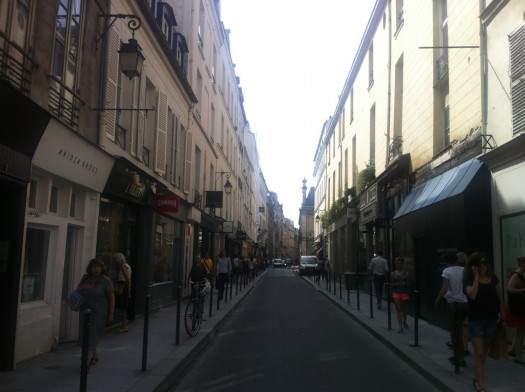
The Louvre: Rain or Shine
Going from the general urban of Place des Vosges to the urban core of The Louvre provides a stark contrast. At almost 9 million visitors a year to the museum alone shows a global commitment to France’s cultural holdings.
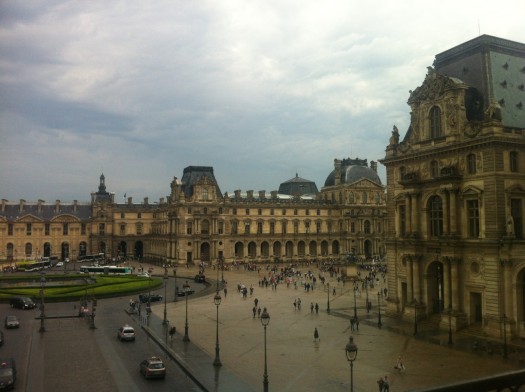
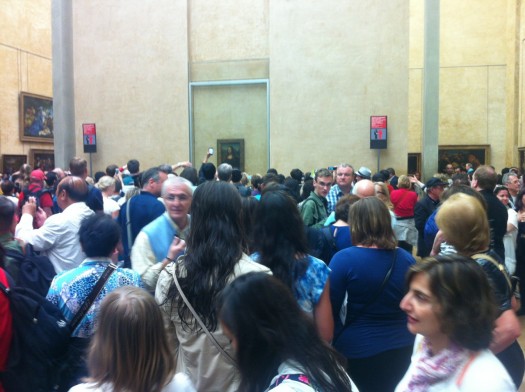
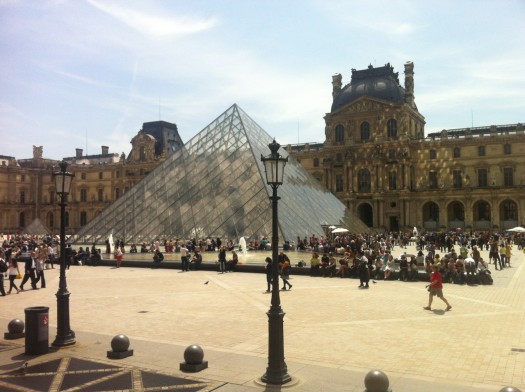
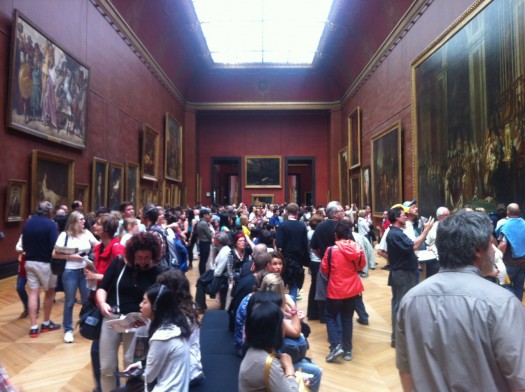
Centre Georges Pompidou
The subject of Renzo Piano’s architectural design is a bigger subject than I’m prepared to tackle, but a few observations on how the public spaces are holding up since its opening in 1977. At over 5 million visitors a year, they’re clearly doing something right.
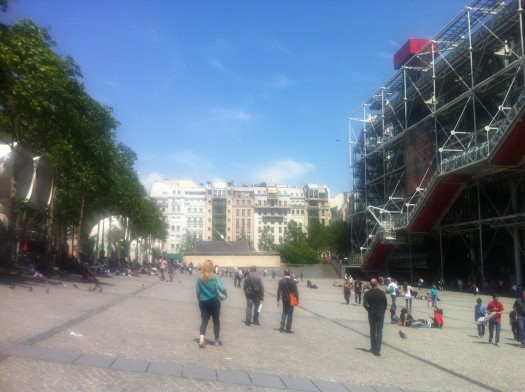
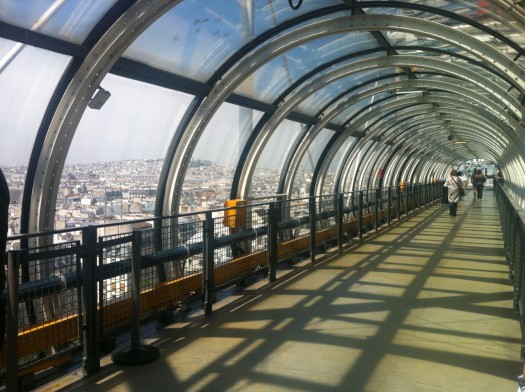
Place de la République
Heralded as a return of an auto-centric roundabout into a place for the people, Place de la République reopened in June with much fanfare. Mayor Bertrand Delanoë clearly likes the grand scale, both for the plaza as well as his proposed skyscrapers.
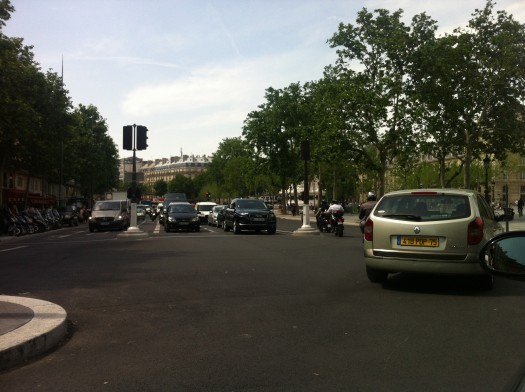
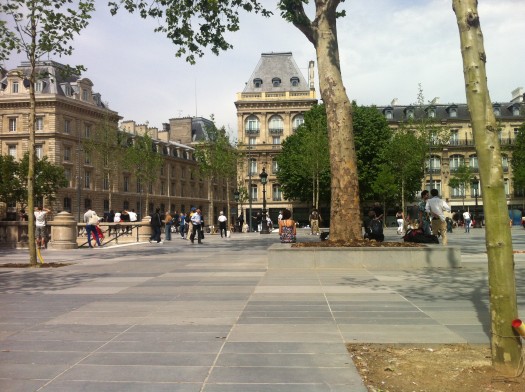
Parks and Bikes
The Paris urban horticulturist and cycling planner never cease to deliver.
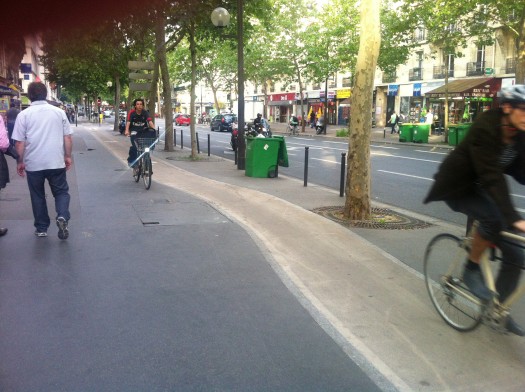
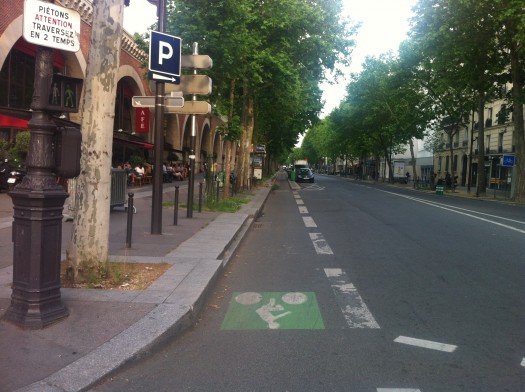
Retail
I’d be remiss to talk about Paris without at least a glance at retail. The US has 20 SF of retail per person. That’s massive in comparison to other countries; the next closest are Sweden at 3.3 and the UK at 2.5 SF of retail per person. I’m not sure what the number is for France, but they make every SF count.
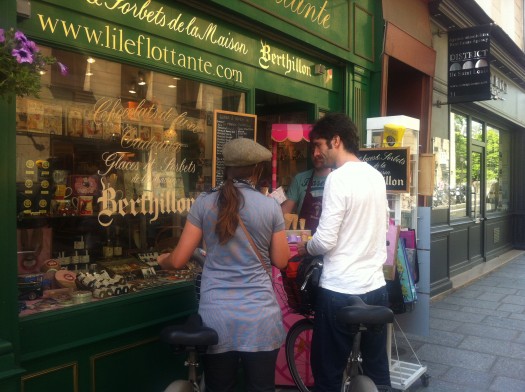 This exquisite little chocolate and ice cream shop isn’t even big enough to go inside.
This exquisite little chocolate and ice cream shop isn’t even big enough to go inside.
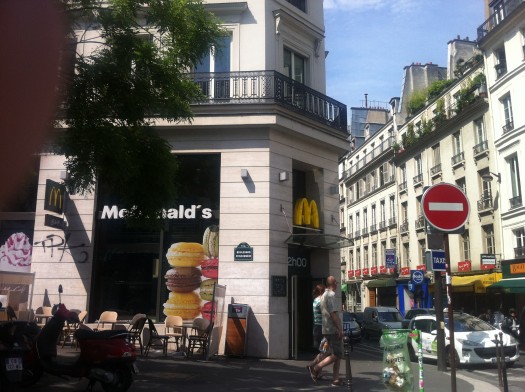 When the urbanism is this good, even the multinationals behave themselves.
When the urbanism is this good, even the multinationals behave themselves.
Back to the ‘Burbs
So if we want to take some of Paris’ great lessons and apply them at home or elsewhere, there are a number of resources available, like the Sprawl Repair Manual, TED Talks on Retrofitting Suburbia, Strip Mall v. Boulevard, Sprawl Repair Webinar, and a few more coming up on PlaceMaking@Work. And of course, I’d personally recommend reversing auto-centric laws to replace with walkable land use.
However, more than anything, walkable places require commitment, resources, and time. You might even argue they take passion, vision, and hope.
“Next, several acts of building, each one done to repair and magnify the product of the previous acts, will slowly generate a larger and more complex whole than any single act can generate.” ~Christopher Alexander, from The Timeless Way of Building
–Hazel Borys
If PlaceShakers is our soapbox, our Facebook page is where we step down, grab a drink and enjoy a little conversation. Looking for a heads-up on the latest community-building news and perspective from around the web? Click through and “Like” us and we’ll keep you in the loop.









